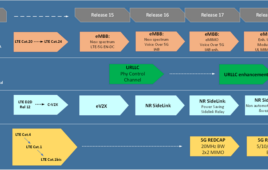AT&T Entertainment Group CEO John Stankey said at an investors conference Wednesday the introduction of device installment plans has resulted in cost transparency that has led customers to make more “judicious” decisions with their devices.
According to Stankey, the move from subsidized pricing to installments has made the true cost of devices more overt to users. In turn, he said, customers now understand that their devices have a higher economic value than they may have previously thought.
“It’s never good to be in a market where subsidy hides the real cost of doing something,” Stankey said.
Stankey said the result of this new knowledge is that customers are making “rational decisions” in caring for their devices better and holding on to them for a longer period of time.
Stankey said the introduction of installment plans has added “rational constructs” to the industry that he said will be “healthy” in the long term. Stankey also said the presence of installment plans and the resulting change in consumer behavior has allowed the company to stabilize margins and grow average revenue per user (ARPU) despite the extension of renewal cycles.
Stankey’s comments come less than a week after AT&T’s tier-1 competitor Sprint resurrected its two-year contract option.
The move was an about face for Sprint, which in the middle of January became the final of the big four U.S. carriers to stop offering two-year agreements. T-Mobile was the first to kill contracts in 2013, and was followed by Verizon in August 2015 and AT&T in December.
So far, Sprint has been the only one to bring back the offering and judging by Stankey’s comments, AT&T won’t be joining them anytime soon.




